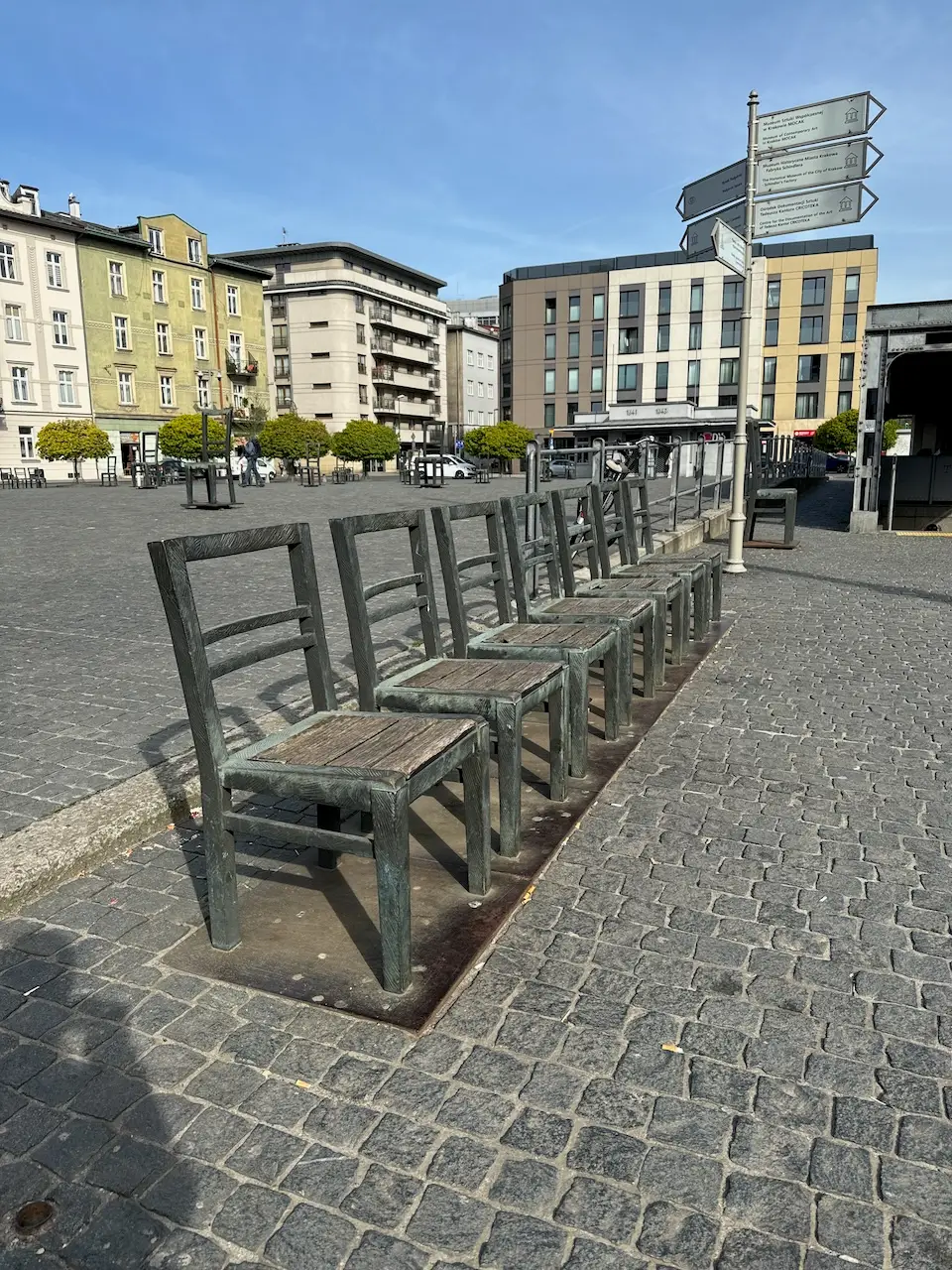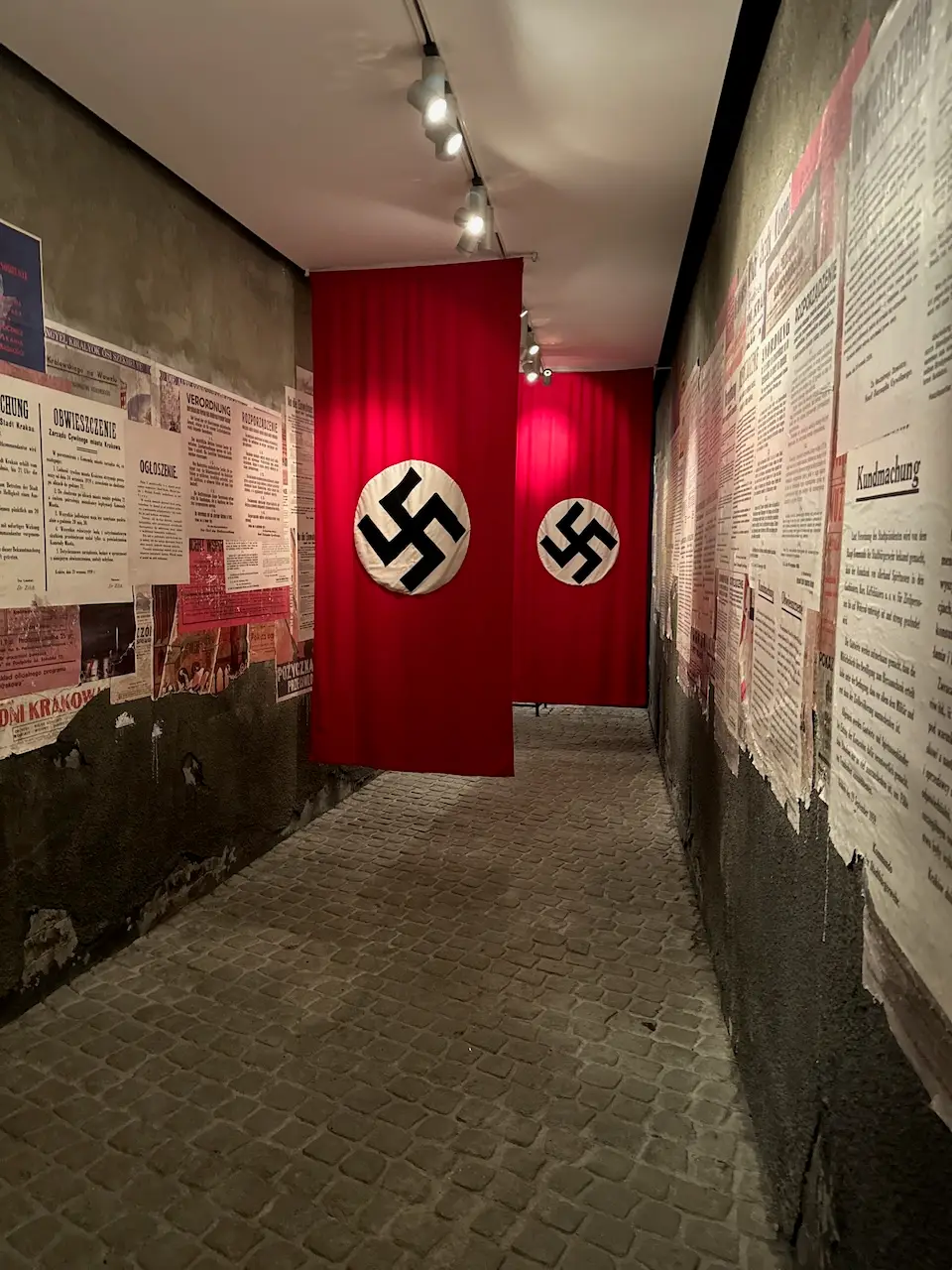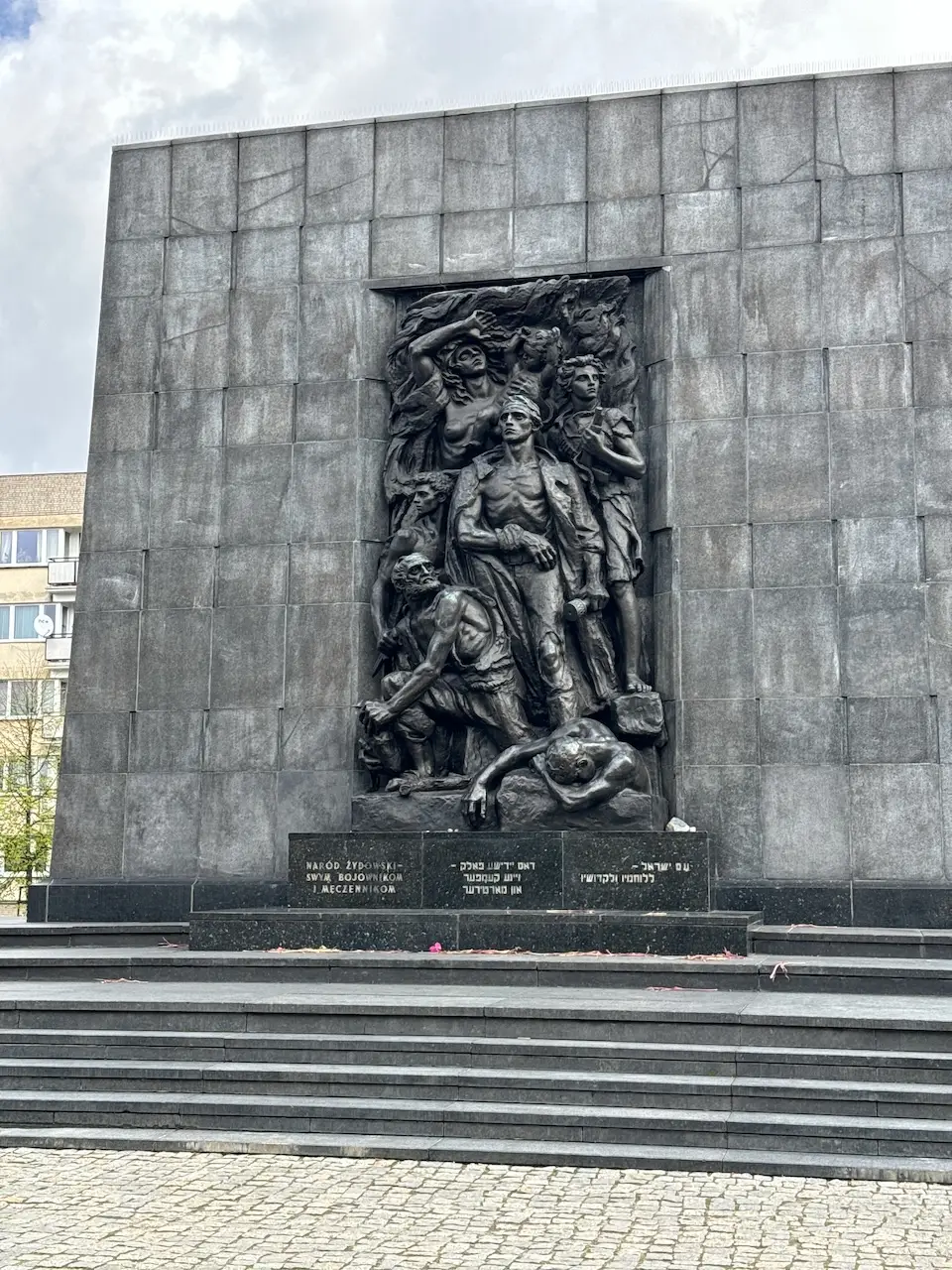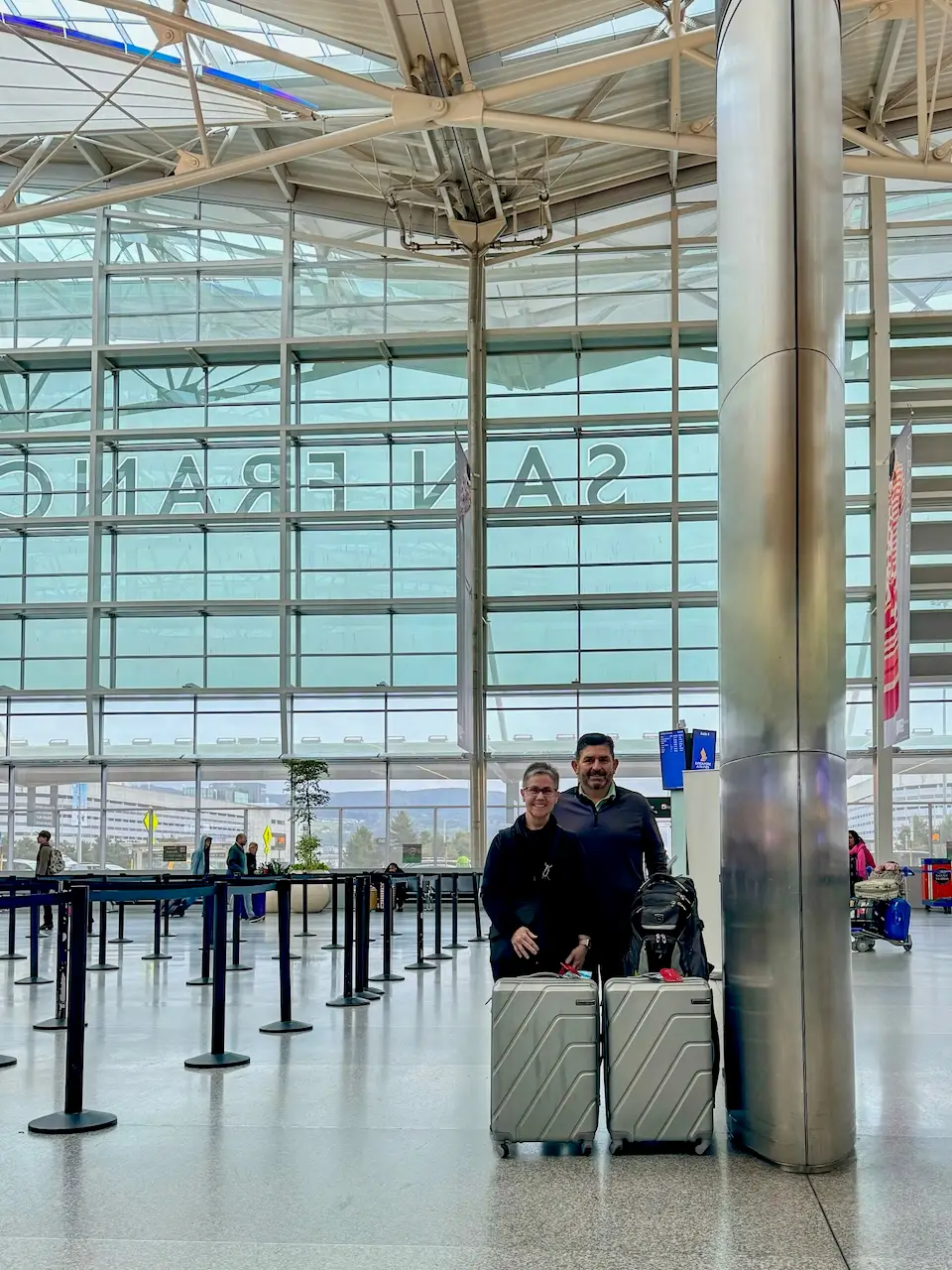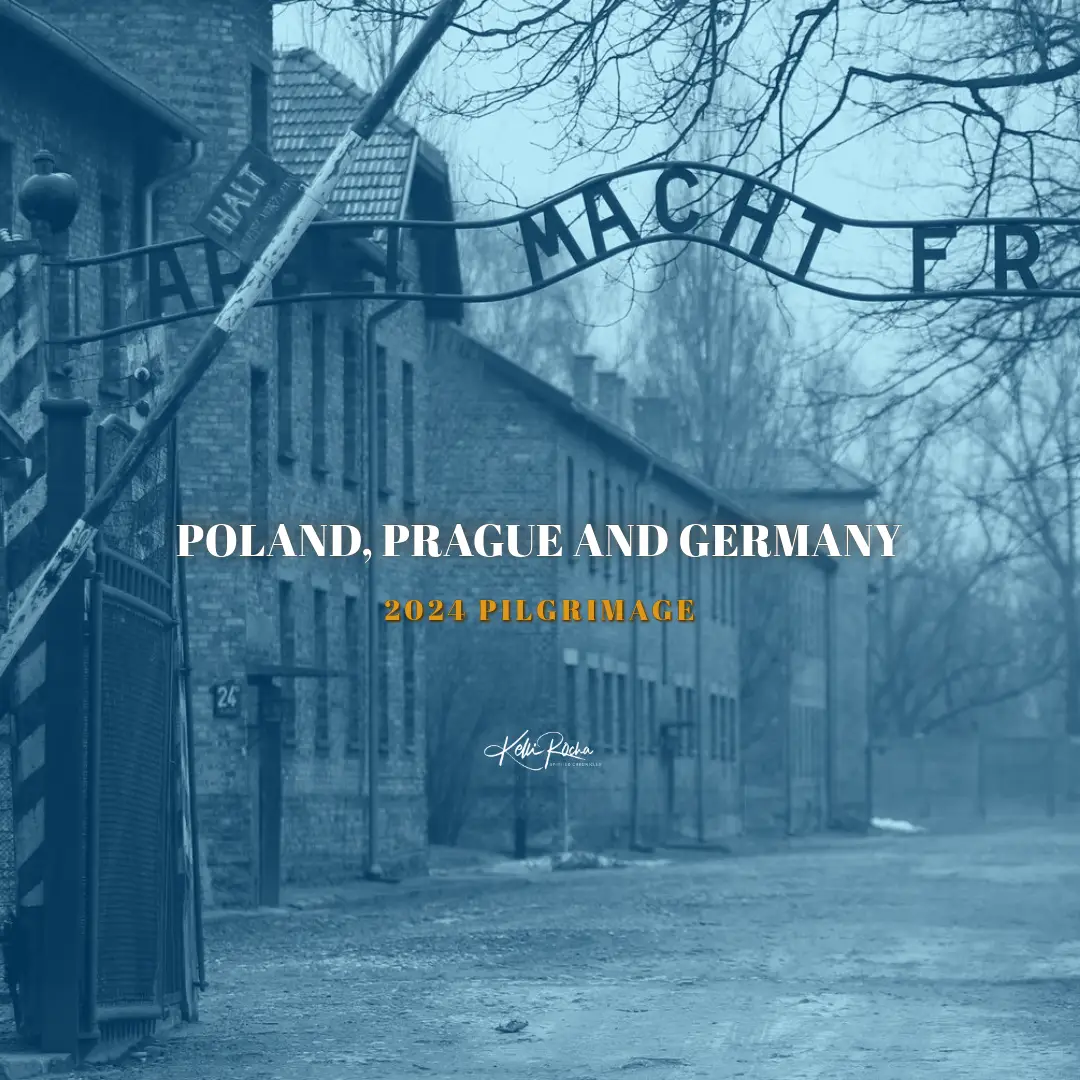We slept well last night and started a little later this morning, so we’re feeling good! After breakfast, we did a bus tour around Krakow, including the Krakow Ghetto. We also saw the famous “Eagle Pharmacy.” When the Nazis chose the area for the ghetto, there was a family-owned pharmacy within the boundary. The family was asked to relocate, but they wanted to stay. They were Catholic and wanted to help the Jews in any way they could. They convinced the Nazis it would be a good idea and paid off them as well. The pharmacy became the location for educated Jews to gather for philosophical discussions. It was a safe place where these (mostly) men could escape the horrors around them and engage with others in the civilized manner they were used to. It also gave the family access to the ghetto, where they witnessed and documented the atrocities. After the war, the father wrote a book describing everything inside the walls.
During World War II, ration cards were issued so that citizens could acquire food. The quantity of food allowed was based on daily calorie counts. The Germans were allowed 2,000, the Polish people 700 and the Jews were only given 400 calories. There are bronze chairs located throughout the ghetto. Each chair represents 1,000 Krakow Jews who lost their lives. There were over 100 synagogues in Krakow before World War II. Today, there are only seven.
We toured the exterior of Wawel Castle (right next to our hotel) and learned about the area’s history. In the middle of the city square is St. Mary’s Basilica. Each day, at noon, the top altarpiece, “The Altar of the Dormition of the Mother of God,” is opened. There are 120 Roman Catholic churches in Krakow today.
After a lunch of traditional Polish food (and getting pooped on by a colossal pigeon), we walked back to the hotel with our new British friends, Stuart and Debbie.
We rested in the room for a few hours (Leroy got in a swim) and then attended Mass at St. Mary’s. The organ was magnificent, and the cantor was extraordinary.
We met Curtis and Linda at an Italian restaurant for a delicious meal and then walked along the Vistula River on our way back to the hotel.
Someone just asked Leroy if I was in my element, and the answer is an enthusiastic yes. If you’re wondering if I’ve corrected the tour guides, the answer is another yes. But it’s only happened twice so far. (But it’s only Day 4!)












